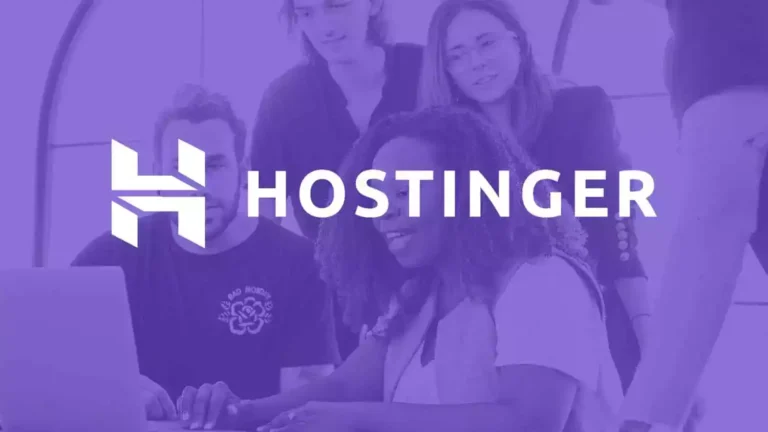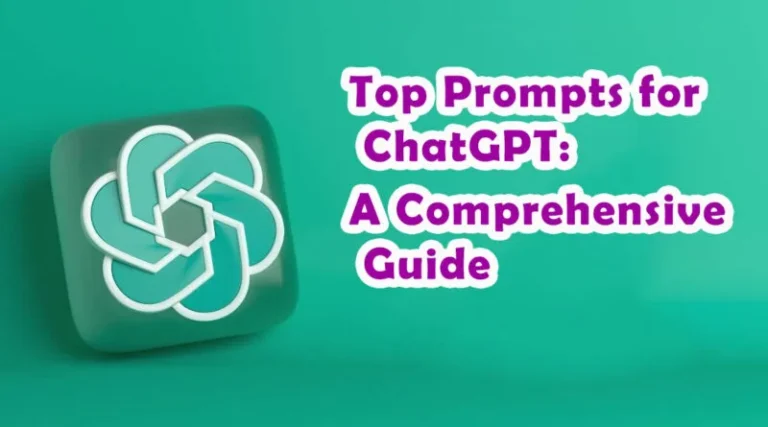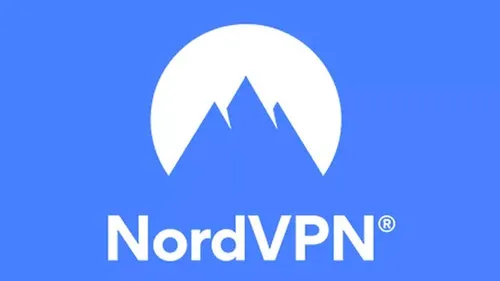Mastering Funnels

Mastering Automated Sales Funnels: The Key to Sustainable Business Growth
In the digital age, businesses are constantly seeking ways to optimize their sales processes and drive consistent growth. Among the myriad of strategies available, one stands out for its ability to transform leads into loyal customers with minimal manual intervention—automated sales funnels. Mastering funnels, particularly the automated variety, is crucial for any business looking to scale efficiently.
Table of Contents

The Essence of Automated Sales Funnels
At its core, an automated sales funnel is a meticulously crafted sequence that guides prospects through various stages of the buying journey, all without requiring manual effort at each step. From the initial awareness phase to the final purchase, every touchpoint is automated, ensuring that leads receive the right message at the right time. This not only enhances the customer experience but also maximizes the efficiency of your sales process.
Mastering funnels in this context means understanding the nuances of automation—knowing when and how to implement tools, triggers, and workflows that replicate human interactions. The goal is to create a seamless journey that feels personalized, even though it’s entirely automated.
The Building Blocks of an Automated Funnel
To truly excel at mastering funnels, one must first grasp the key components that make up an automated sales funnel:
- Lead Magnet: The starting point of any funnel is capturing the attention of potential customers. A well-crafted lead magnet, such as an eBook, webinar, or free trial, serves as the bait to draw in prospects. The quality of your lead magnet often determines the effectiveness of your entire funnel.
- Landing Pages: Once a lead is attracted, they’re directed to a landing page. This page is optimized for conversion, with compelling copy and a clear call to action. It’s here that the lead takes the next step, such as signing up for a newsletter or starting a free trial.
- Email Sequences: Automated email sequences are the heart of an automated funnel. These emails are triggered based on the lead’s behavior and are designed to nurture the relationship. Each email should provide value, whether through educational content, case studies, or special offers, guiding the lead closer to making a purchase.
- Sales Page: The sales page is where the lead is presented with your offer. It’s crucial that this page is persuasive, addressing potential objections and highlighting the benefits of your product or service. A well-designed sales page can significantly boost conversion rates.
- Follow-Up Sequences: After a purchase, the funnel doesn’t end. Automated follow-up sequences ensure that the customer remains engaged, increasing the likelihood of repeat business. These sequences can include onboarding emails, satisfaction surveys, and upsell offers.
The Benefits of Mastering Funnels
Mastering funnels offers numerous advantages for businesses of all sizes. Firstly, it allows for scalability. Once your automated funnel is in place, it can handle a virtually unlimited number of leads, freeing up your time to focus on other aspects of your business.
Secondly, automated funnels provide consistency. Unlike manual sales processes, which can vary depending on who is managing them, automated funnels deliver the same experience to every lead. This ensures that your brand’s messaging remains consistent, and no opportunities slip through the cracks.
Another significant benefit is the ability to track and optimize. Automated funnels are data-driven, meaning you can monitor every aspect of the funnel, from open rates to conversion rates. This data allows you to make informed decisions, tweaking and refining the funnel to improve performance continually.
Overcoming Challenges in Mastering Funnels
While the benefits are clear, mastering funnels is not without its challenges. One of the most common obstacles is the initial setup. Building an effective automated sales funnel requires a deep understanding of your target audience, as well as the technical know-how to set up automation tools and workflows.
Another challenge is maintaining personalization. While automation is efficient, it can sometimes feel impersonal. To overcome this, it’s essential to incorporate personalization wherever possible. This could be as simple as addressing the lead by name in emails or segmenting your audience to deliver more relevant content.
Finally, there’s the challenge of keeping your funnel up-to-date. The digital landscape is constantly evolving, and so too are the needs and expectations of your customers. Regularly reviewing and updating your funnel is crucial to ensure it continues to deliver results.
The Future of Automated Funnels
As technology advances, the potential for automated funnels will only grow. AI and machine learning are already being integrated into funnel strategies, allowing for even greater personalization and efficiency. Businesses that are at the forefront of these innovations will have a significant advantage in the marketplace.
However, no matter how advanced the technology becomes, the fundamentals of mastering funnels will remain the same. It’s about understanding your customer’s journey, crafting a seamless experience, and continually optimizing for better results.





